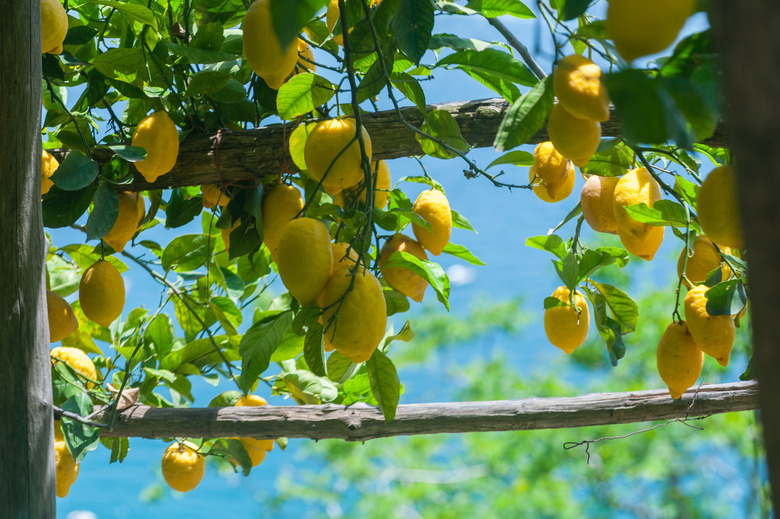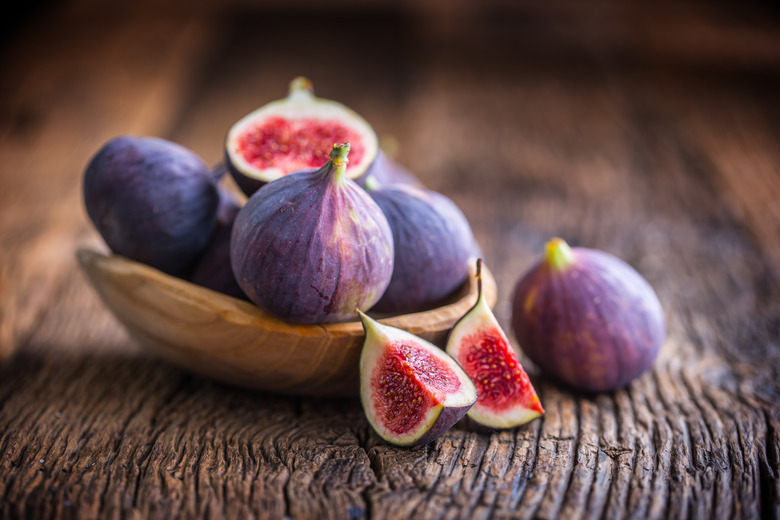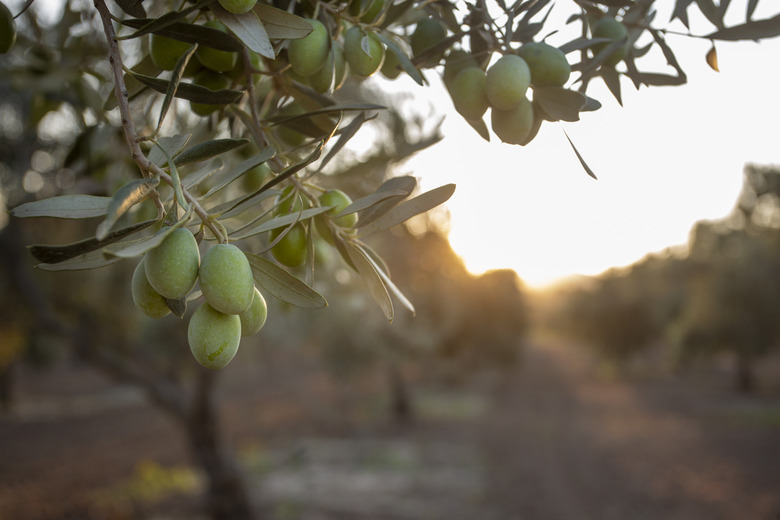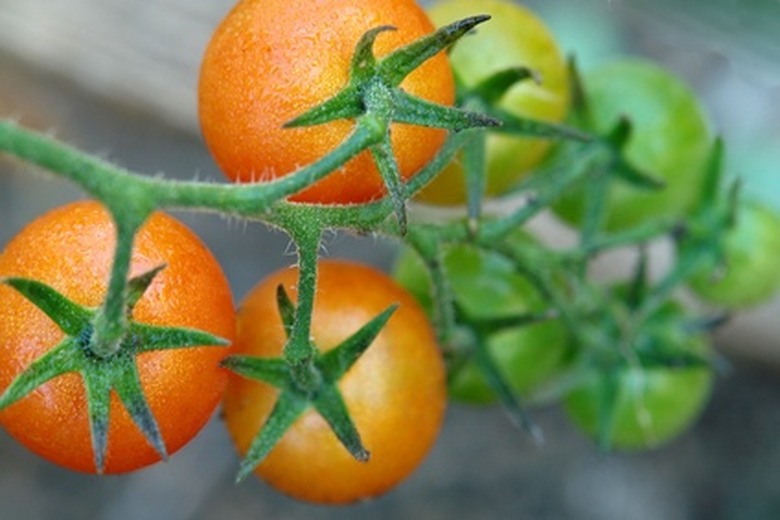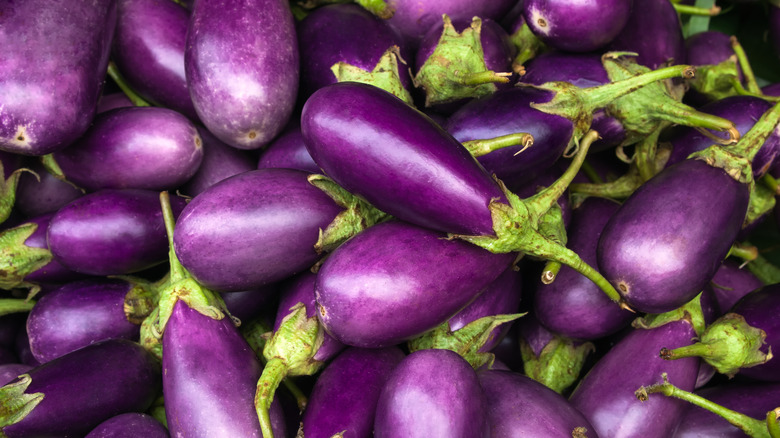Fruits & Vegetables Grown In Italy
Italy has more than 25 million acres of farmland, which produces a variety of vegetables and fruits that are major components of the country's cuisine. Gardening and fresh produce are an important part of the Italian lifestyle, particularly home gardens. From juicy tomatoes and grapes to meaty olives and figs, there are many fruits and vegetables grown in Italy that flourish in its rich soil.
Lemons Grown in Italy
Lemons are one of the most common fruit trees in Italian gardens, whether for cooking, medicinal use or ornamental purposes. The fruit grows slowly on the lemon trees (Citrus x limon) from a light green to a bright yellow, large, cylindrical fruit with a thick rind. Trees grow in sunny areas but must be brought indoors for regions with cold winters.
Lemon trees grow in the southern areas of the country, and the flavor will vary from sweet to sour to tangy depending on the surrounding soil and region. Lemons are used not only for decoration, but eaten fresh, used in seasoning (for the acidic flavor), grilling, made into juice and added to beverages.
Figs Grown in Italy
The fig tree (Ficus carica) is a common addition to any Italian garden because it is one of the easiest fruit trees to grow. Figs are a fruit that resembles a light green plum on the tree, with a pink tender flesh on the inside. When dried out, figs become silver dollar-sized and soft, ranging in color from tan to purple. They have a sweet, tart flavor and are often incorporated into Italian fruit dishes, offered on cheese and wine platters, added to salads, eaten raw or used as an ingredient in sauces.
When figs flourish in the wild, they grow on rocky hillsides to absorb full sunshine. When grown in a home garden, fig trees will thrive in nearly any area with full sun and require little maintenance or pruning.
Olives Grown in Italy
Olives are synonymous with Italy (especially southern Italy), particularly for olive oil production that dates back to 7th century B.C. Italy is the second largest olive oil producer in the entire world, according to ItalianFood.net. Olive trees (Olea europaea) can grow in fields for miles, with colors ranging from black to green to pink, with meaty flesh and sometimes a hard pit in the middle.
Besides olive oil production, olives are used often in cooking, mashed into tapenades or with pate, eaten raw, added to beverages, chopped raw into hot and cold salads, blended into sauces or grilled on skewers with meat or other vegetables.
Tomatoes Grown in Italy
Besides olives, Italy is among the world's leaders in tomato production and is the largest producer in Europe. Tomato plants (Solanum lycopersicum) are cultivated mostly in southern Campagna, northern Puglia, and Sicily, according to the Steinhauser Group, and need partial sun and protection from frost. Tomatoes are incorporated into many types of dishes, but are most popular for simmering in fresh tomato sauces, chopped raw for salads, grilled or stuffed.
Grapes Grown in Italy
Italy has approximately 1.7 million acres (719,000 hectares) of grape vineyards running along coastlines and mountains, the third largest in the world as of 2020, according to Forbes. Grapes are grown in almost every single region of the country, and dozens of varieties are produced. Besides wine, grapes are served on Italian fruit dishes to be eaten fresh, paired with cheese, added to Italian fruit salads, and incorporated into desserts, juice and sauces.
Popular Vegetables in Italy
Numerous vegetables also grow in Italy. Popular vegetables in Italy include eggplant, artichokes, and potatoes. Other fruits include apples, pears, and quince.

